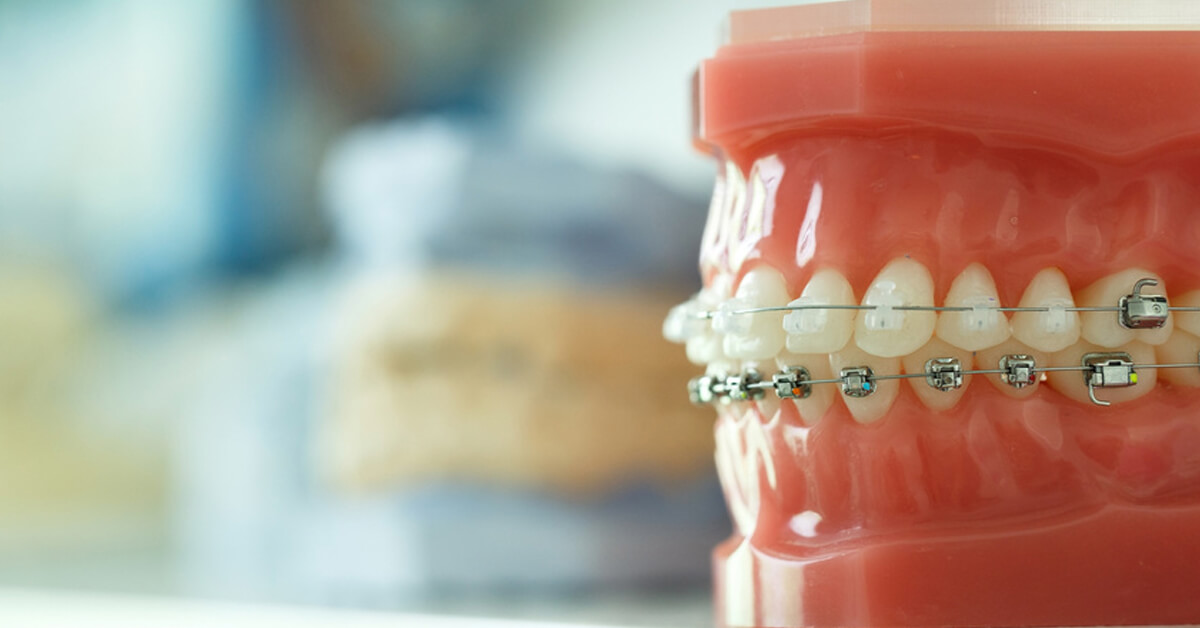
In Part I of these series we looked at how teeth grinding masks an epidemic of sleep disorders. Upper airway resistance syndrome is one such disorder describing the body in a state of oxygen deprivation. The relation to the fight or flight response explains why UARS patients present with digestive disorders and depression. Teeth grinding can reveal upper airway resistance syndrome and sleep disorders, but why do they occur in the first place?
Teeth grinding often comes alongside digestive disorders, daytime sleepiness and mood disorder. For a long time, I never realized the connection. Since then, a better understanding of upper airway resistance syndrome explains the finding.
UARS is the body detecting increased pressure in the airways. A quick look at the Ideal Gas Law tells us that when pressure goes up, it’s in response to a decrease in volume.
When we have less volume in airways, pressure goes up. An increase in airway pressure is the definition of upper airway resistance syndrome. But it’s a symptom of another problem. It’s the drop in volume that is the root cause of UARS.
The link between sleep disorders and teeth grinding is the body pushing the jaw forward. The bottom teeth are pressed against the top as the brain attempts to increase the volume in the airway.
In this article, we’ll look at why upper airway resistance syndrome occurs the first place.
We’ll explore two main reasons for lowered volume in the airways. These are:
1) Crooked teeth, jaw growth and getting braces
2) Tongue posture, airway muscles, and soft tissue dysfunction
Let’s look at the teeth and bones of the jaw first.
How getting braces and crooked teeth relate to sleep disorders
Think of your mouth as like a tent. The first thing you do when you erect a tent is pitch the poles for support of the soft canvas. The polls are the support and the canvas provides the cover for the space in the tent.
Normal airway development depends on your teeth, jaw and facial growth. The facial bones, the base of the skull and cervical spine are all like the poles that frame your jaw. Your skin, muscles, tongue and soft tissues all make the canvas that define the space for the airway.
When the poles are tilting or bent, the sheet decreases the space inside the tent. When your jaw doesn’t develop you have crooked teeth. Your airways also have far less space inside your mouth, nose, and throat.
Crooked teeth grinding and upper airway resistance syndrome
UARS is increased pressure to breathing. At night your body should fall into a restful state of healing. The body manages breathing, heart rate, and other processes to help you heal overnight. A constant supply of oxygen is required for your brain to perform this process.
Oxygen is best delivered to your lungs by nasal breathing. The nasal sinuses release nitric oxide to mix with air and increase blood flow to the lungs. Deviated septum or blocked sinus may increase difficulty breathing at night.
Nasal breathing relates to upper teeth and palate growth. The upper jaw bone also houses the nasal sinuses. Crooked upper teeth are due to a palate that isn’t as broad or developed as it should be.
A high palate also means the nasal sinuses are cramped. Small airways decrease your ability to breathe through your nose. Nasal breathing is the primary method that your body is designed to gather oxygen. Crooked teeth and high palates are more common in those who didn’t breastfeed as a child.
Even your nose is affected. Your nasal sidewalls follow the upper molars, and a narrow palate means your nose is also narrow. If the roof of the mouth (also the nasal floor) is higher, it can result in a buckled nasal septum.
People with high palate will also have undefined cheekbones. Instead of a defined, cheeks, their midface appears sunk-in. The face looks long and thin from the front. It’s a typical warning sign of upper airway resistance syndrome.
At least 75% of people today have small jaws that require getting braces. If you didn’t have enough space for your teeth, your airways are also small. Small airways increase the pressure of air during breathing.
During sleep breathing, the brain must breathe through a small airway. Here is the root cause of upper airway resistance syndrome.
Tongue function, airways, and mouth breathing
The epidemic of sleep disorders such as UARS is due to poor bone growth and support for airways. It also changes the muscles and soft tissues that control airway volume.
The tongue, facial muscles, and throat muscles also cause crooked teeth
People and kids who mouth breathe or even are often compensating with the habit. The nasal and pharyngeal airways are framed by the upper and lower jaws. If muscles aren’t trained to stay open during the day, they don’t stay open at night.
Crooked teeth and small jaws not only reduce the raw volume of airways. They also cause muscle dysfunction that fails to hold airways open during sleep.
The tongue is designed to sit up against the palate, with the support of all its muscles. These connect to the jaw bone, the base of the skull and the hyoid bone. Proper tongue posture should sit up against the palate. This holds the neck and airways open and patent. It’s trained to do so during breastfeeding. A breastfeeding baby must extract milk by pressing the tongue and the nipple against the palate.
Closed lips, nasal breathing with the tongue against the palate holds the airways open.
Crooked teeth are both a consequence and cause of tongue function. Mouth breathing prevents jaw growth which widens the nasal sinuses and upper jaw. It also conditions the tongue muscles to sit on the floor of the mouth. During sleep, the muscles inside the tongue relax, like other muscles in the body.
Only the muscles of the eyes and diaphragm ‘stay awake’ during sleep. Poor daytime tongue posture means poor, facial and airway posture. This means that at night, small airways become even smaller.
Conclusion
Crooked teeth lead to a small airway with weak muscles to support breathing.
Upper airway resistance syndrome is the brain attempting to prevent oxygen deprivation. The core reason is a drop in airway volume that increases pressure and alerts the brain to a possible choking danger.
When the jaw and facial bones don’t develop to grow straight teeth, they also don’t support airways. The entire facial and airway system results in a lack of restful sleep.
Upper airway resistance syndrome is a very common sleep disorder. Many people don’t realize they have it and crooked teeth put you at higher risk of having it.
Did you have orthodontic braces? Do you experience sleep disorder symptoms of upper airway resistance syndrome? Let us know. Please leave your questions in the comments below.
Want to get started with food for jaw development? Why not download my free EBook.
For more information on Dr. Lin’s clinical protocol that highlights the steps parents can take to prevent dental problems in their children: Click here.
Want to know more? Dr Steven Lin’s book, The Dental Diet, is available to order today. An exploration of ancestral medicine, the human microbiome and epigenetics it’s a complete guide to the mouth-body connection. Take the journey and the 40-day delicious food program for life-changing oral and whole health.
Click below to order your copy now:
US AMAZON
US Barnes & Noble
UK AMAZON
Australia BOOKTOPIA
Canada INDIGO
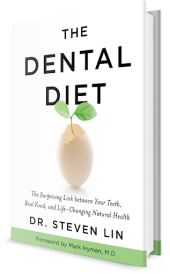
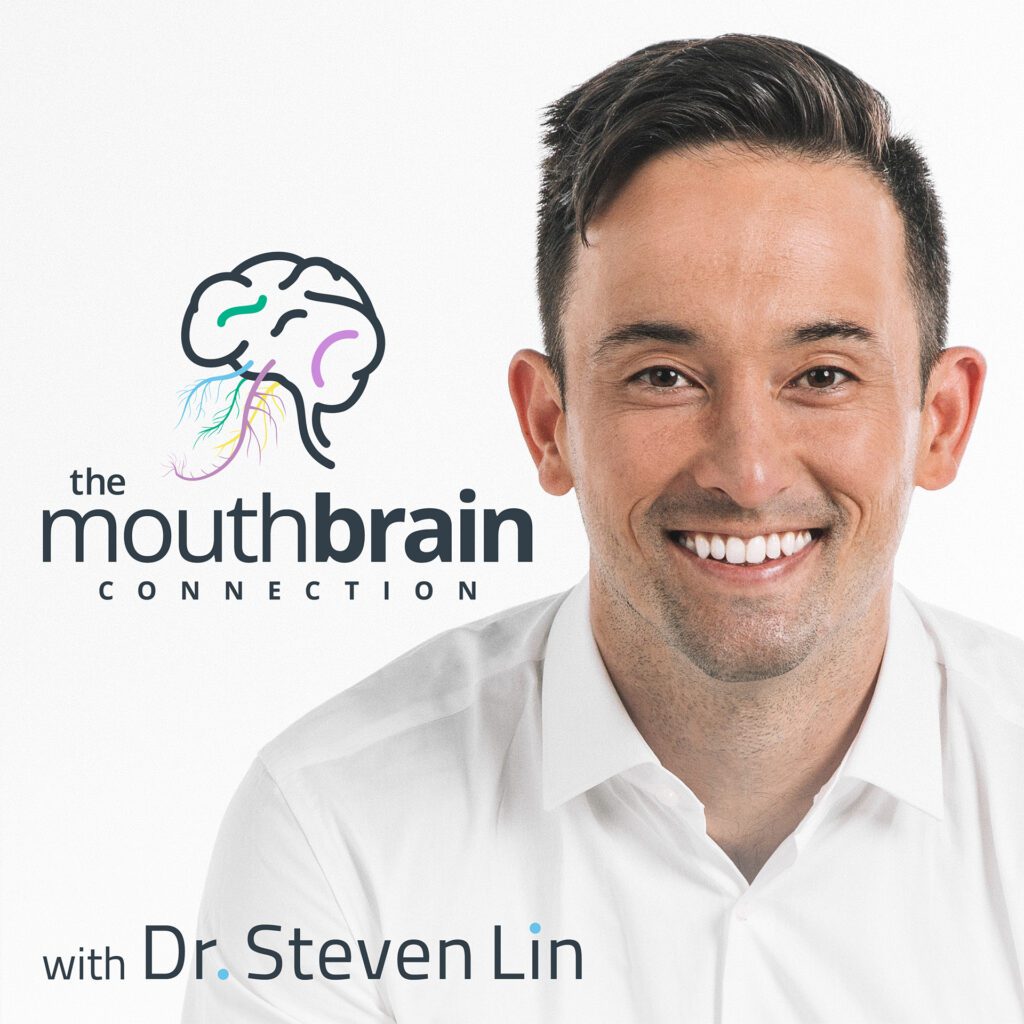

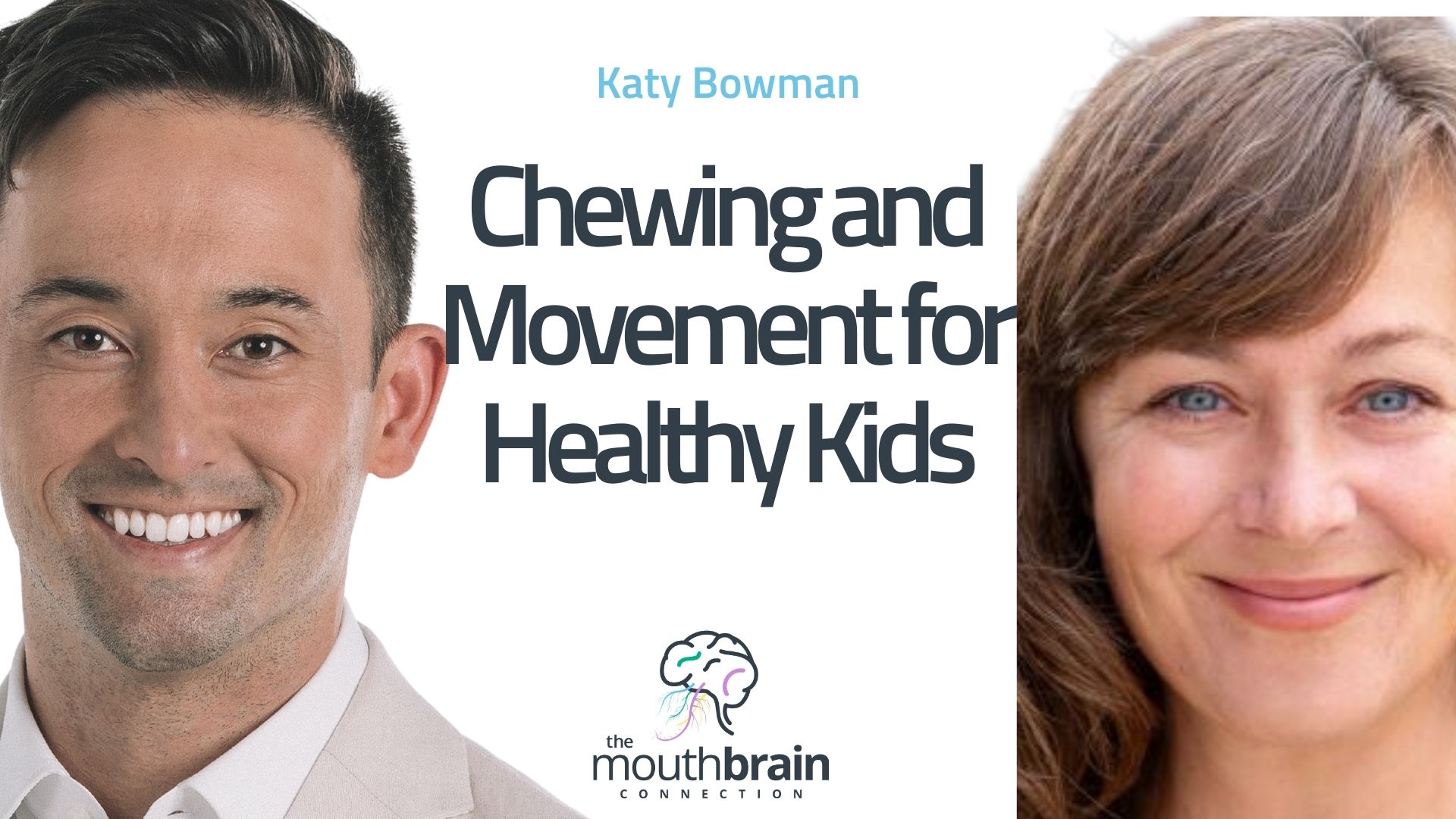
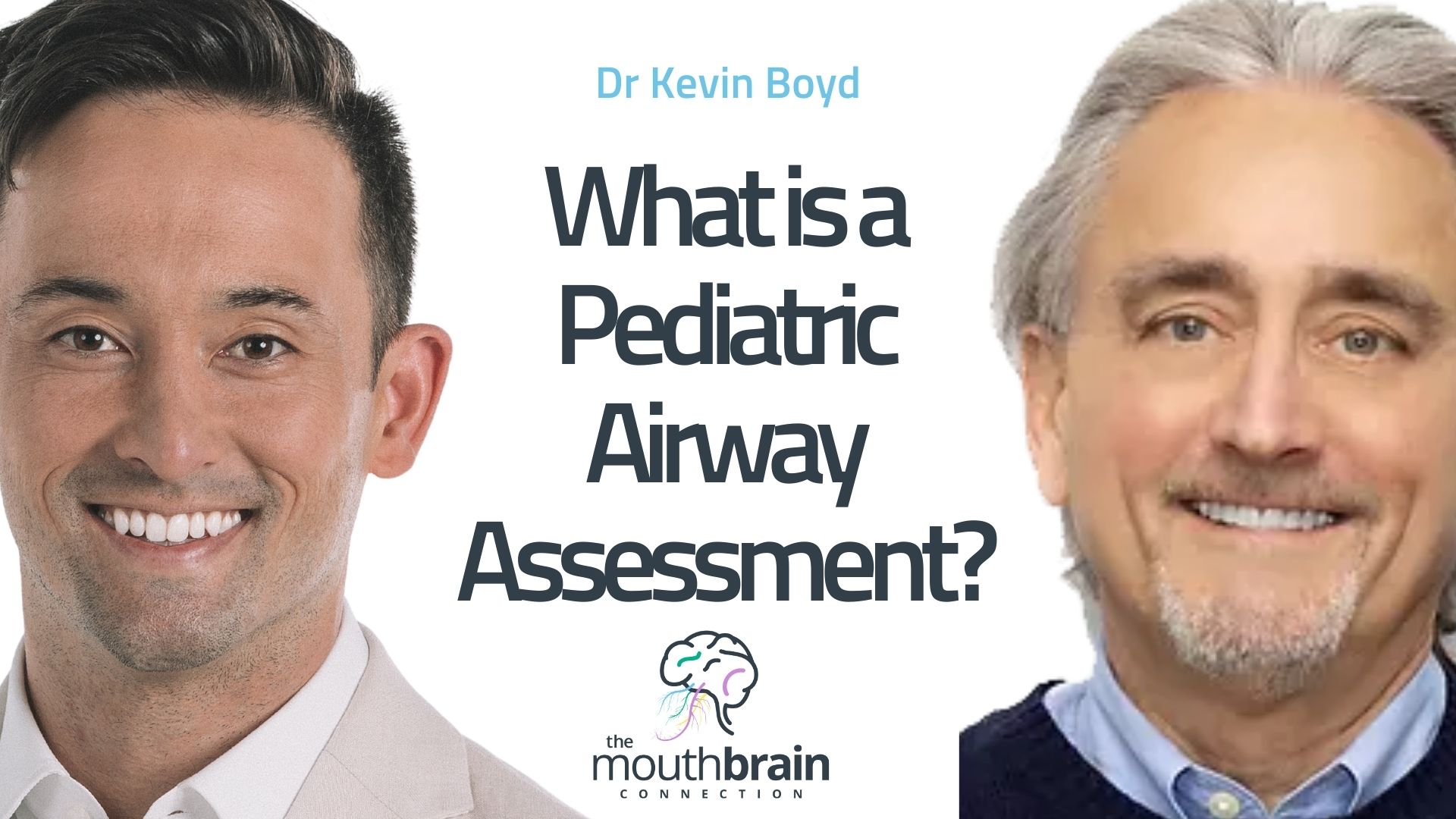
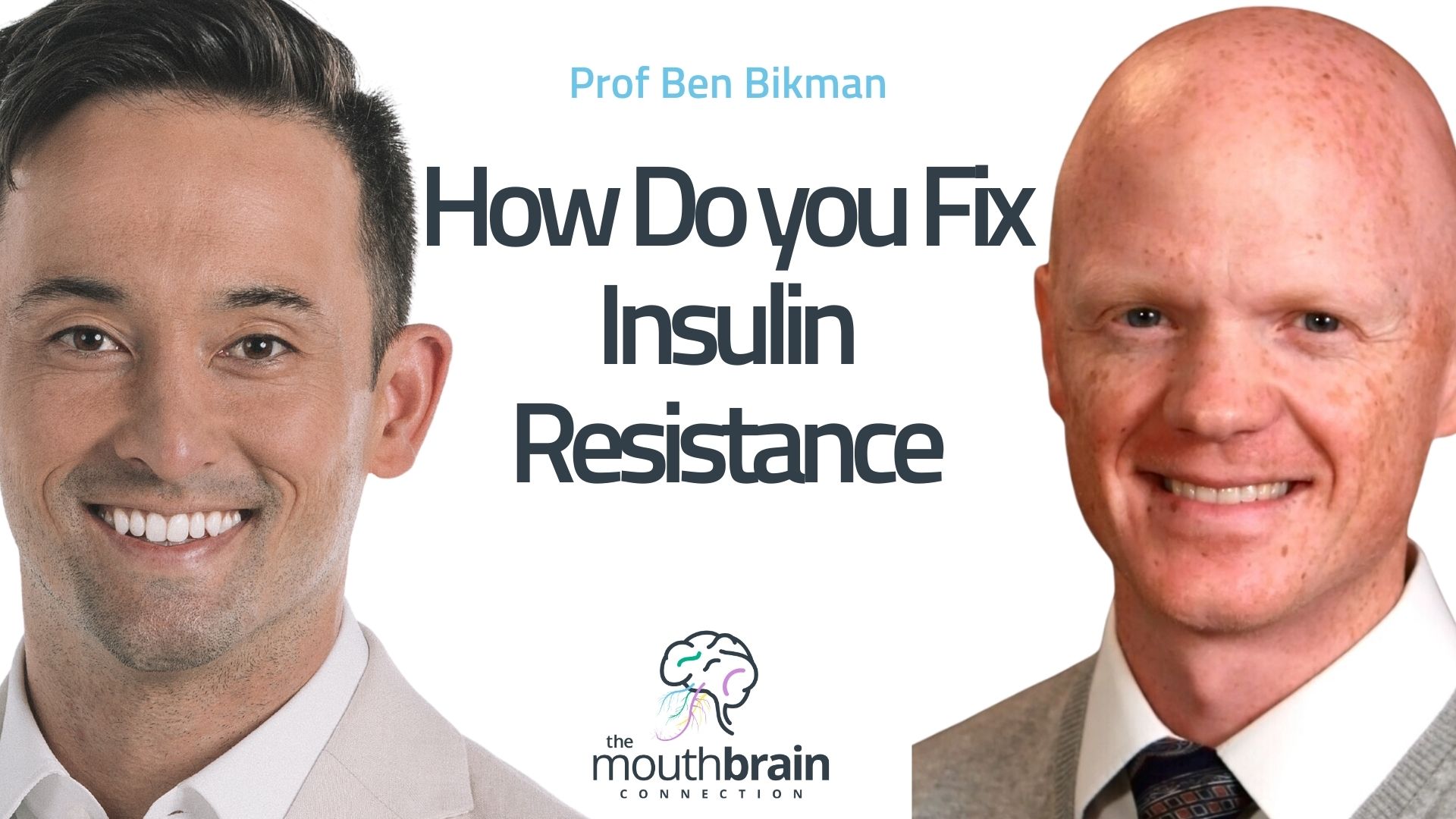


6 Responses
hey steven
its been a while….love the articles. are you posting on pediatric dental forum. about 5000 members ……look on facebook
hope to hear from you soon
lee
have a great rest of the week
Hi Lee!
It’s been too long, great look forward to sharing more info with you.
Steven
Great stuff. My patient’s will love this!
Dr.
Love the article. I started suffering 5 years ago with my jaw forward in the morning and my teeth alignment off each morning despite it fine for 20 years. Went through dentists that tested my centric relation, occlusion, went through 2 siffernt orthodontics to try to fix the clenching that caused and continue to cause chronic teeth pain. I then started suffering from fatigue, insomnia , unrefreshed sleep, lack of motivation, acid reflux, headaches. All te hallmark traits you and other articles describe as UARS . Sleep apnea test showed nothing. I am getting more somatic symptoms in my body. The clenching continues with worse somatic symptoms. Physiological descriptions in your article are spot on in most case to me. Small jaw, orthodontics as a kid with crowded teeth, deviated septum, conchobellosa in right nostril. Can’t sleep on my back, light sleeper. I just fell upon UARS and believe I for the profile.
Didn’t ever been told this could be it by lord knows how many specialists I have seem, be it dentists, orthodontists,axis facial specialists, my doctor, my ENT.
It is going to be a route I will look into thanks to pioneers like you. It is difficult to find someone that knows and believes this syndrome however.
Thanks for the article.
Hey Drew, I’ve had a very similar experience to yours. After trying just about everything, I’ve finally round relief using the DNA expansion appliance. Did any of the orthodontists/other specialists you saw tell you about this option? If not, I’d be happy to share what I’ve learnt.
I believe I suffer from this due to poor Orthodontics. I had a slight over jet due to inadequate mandible growth. I had my 4 bicuspids extracted and all teeth pulled in and back to correct bite. Now I have weak upper and lower jaws and a small airway. I often wake up with dry throat and or coughing / choking. I would like to get double jaw advancement surgery, but I don’t think I’m going to be able to convince insurance that it’s “medically necessary”.